The most powerful intelligence alliance in the world is breaking up. In January, Donald Trump restricted intelligence-sharing on Russia and Ukraine, cutting allies out of negotiations and freezing certain channels entirely. Then in March came the so-called “Ukraine intel blackout,” an unprecedented freeze that shut Britain and Australia out of updates on Russian troop movements. And last month, the Dutch said they were scaling back intelligence-sharing with America over fears of “politicization.”
Trump tends to treat intelligence as leverage, a tool to reward countries that fall in line with Washington and punish those that don’t. In his hands, intelligence and secrets have become bargaining chips. But by holding information back, he’s weaponizing the very trust that built the western alliance and sustained the power of the Anglosphere. The “Five Eyes” – the spying network that comprises the US, the United Kingdom, Canada, New Zealand and Australia – is not a commercial arrangement. It can’t survive if its members start haggling over access.
There are good reasons for Trump to be wary of the Five Eyes. British and Australian agents, after all, were at the heart of the Russiagate saga which did so much to derail his first administration. More broadly, the alliance allows governments to spy on their own citizens through one another’s networks, sharing the results without technically breaking their own laws.
We like to believe our governments need warrants, oversight and law to reach into our private lives. In truth, the invasion of privacy in the West takes place on an industrial scale. Almost every phone call, search and message passes through a web of monitoring that’s rarely acknowledged and almost never constrained by law. Its defenders insist this cooperation keeps the West safe. Its critics call it institutionalized hypocrisy. Both are right to a degree.
American law forbids the National Security Agency from targeting US citizens without a warrant. British law requires GCHQ to obtain one under the Investigatory Powers Act. So the NSA collects on Britons. GCHQ collects on Americans. Data is exchanged. It’s a system built on plausible deniability. Each agency claims it is merely receiving “foreign intelligence.” The scale of the intelligence-gathering and analysis is staggering.
The US’s NSA alone intercepts hundreds of millions of text messages, emails and call records every day. Under its “Upstream” and “Prism” programs, the agency taps the world’s main fiber-optic cables and demands user data directly from US tech giants. Britain’s matching operation, GCHQ’s “Tempora,” stores three days of transatlantic internet traffic at any one time, with metadata retained for a month. Australia’s Signals Directorate monitors entire oceanic cable systems linking Asia to the Pacific. Canada’s Communications Security Establishment sits astride the Atlantic routes into North America, feeding bulk intercepts into shared databases that analysts in all five countries and beyond can query.
The alliance’s reach extends into almost every form of modern communication – mobile networks, satellite relays and social media platforms. Few of its targets are terrorists or spies. The agreement that started this system, known as UKUSA, was signed in 1946. It has never been ratified by any legislative body and remains classified in full. What we know comes from leaks, court rulings and declassified scraps. Over the years, the network has quietly expanded beyond its original five members to include associate and “third-party” partners in Europe, the Middle East and Asia. These extensions, often referred to as “Nine Eyes” or “Fourteen Eyes,” have turned the alliance into a sprawling global surveillance web, linking western intelligence agencies through shared databases, cables and monitoring systems that cover the planet.
The Five Eyes were born of Churchill’s idea of “the English-speaking people,” bound by language, law and a shared sense of moral purpose. Yet the values that once made Five Eyes a moral community have fractured. Today, the alliance binds countries that no longer see liberty, privacy or speech in the same way. In Britain, police arrest citizens for online “hate incidents.” In Canada, the government froze protesters’ bank accounts. Australia’s diplomats helped ignite an FBI investigation into a US presidential candidate.
The secrecy and the overreach are real, but Trump’s crusade against Five Eyes is not about curbing surveillance. It’s about dominance over the system. At the start of the year, the President began starving Washington’s allies of intelligence they’d once taken for granted. Then screenshots from a White House Signal chat appeared online, revealing private exchanges between senior aides discussing US military options in Yemen, shared by allies. The breach exposed not only sensitive operations but also the chaotic way Trump’s team handled classified material. British and Australian intelligence officers were said to be furious, prompting allies to scale back contributions. Former GCHQ staff described a collapse of confidence among the Five Eyes intelligence services.
London and Canberra have since formed smaller, closed sub-groups to coordinate without US participation. Canada, meanwhile, has scaled back its contributions after Trump publicly threatened to expel it from the alliance altogether, following months of tariff disputes. Inside Washington, intelligence veterans describe an atmosphere of suspicion not seen since the Cold War.
For Trump and his allies, the intelligence alliance is not a bond of friendship, but a nest of unelected bureaucrats, the “deep state abroad.” To him, distrust is not paranoia but prudence. He views the exchange of intelligence as a transaction and intelligence itself as a commodity. That’s not altogether wrong. The Five Eyes alliance has always been transactional, a system of barter between intelligence services, trading data for access, reach or favor. Trump’s battle is not against the surveillance itself. He is targeting the independence of allies who refuse to submit. Intelligence does not obey the laws of supply and demand. It depends on the unspoken belief that what is shared will not be politicized. Once that trust collapses, the value of the intelligence collapses with it. Trump is destroying Five Eyes by destroying the trust that underpins it. Whether that’s deliberate or not is hard to say.
This article was originally published in The Spectator’s November 24, 2025 World edition.










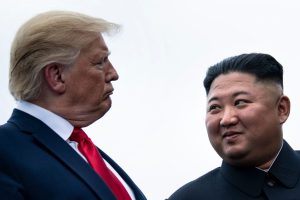
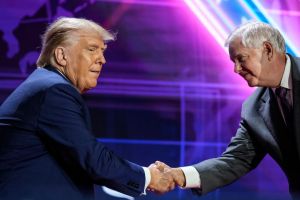


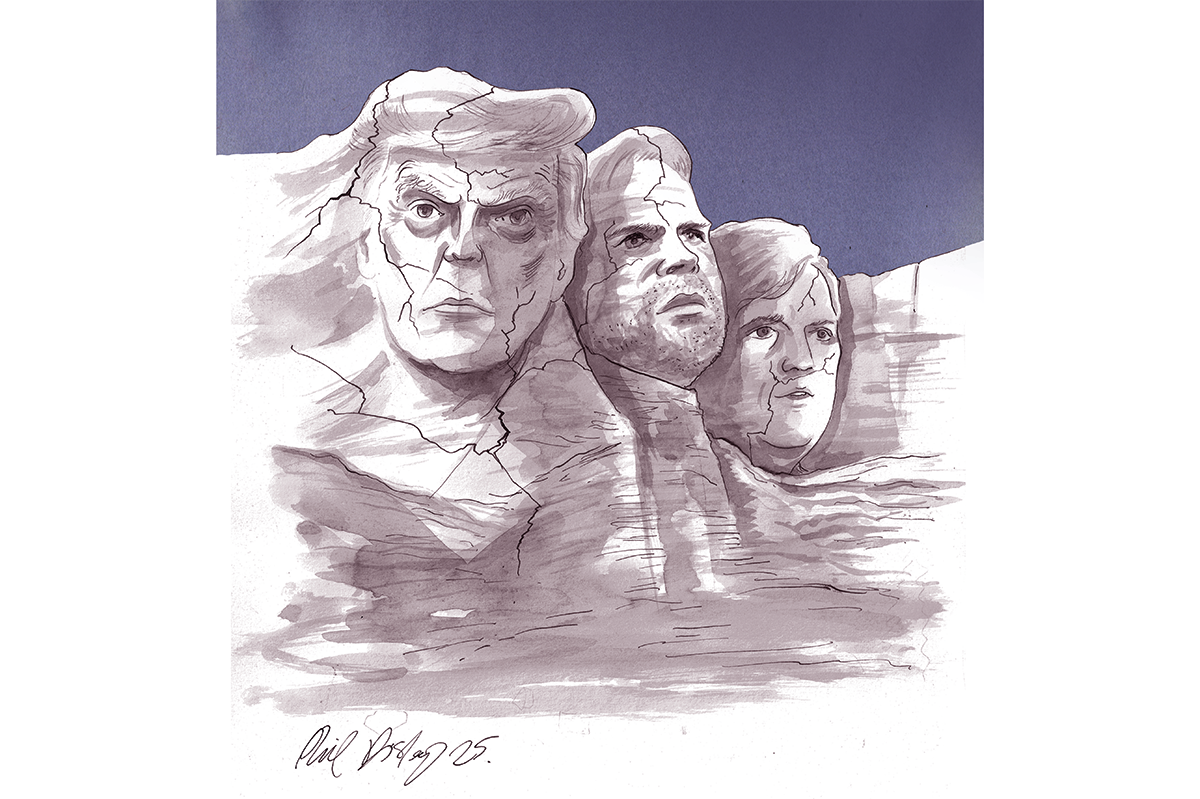
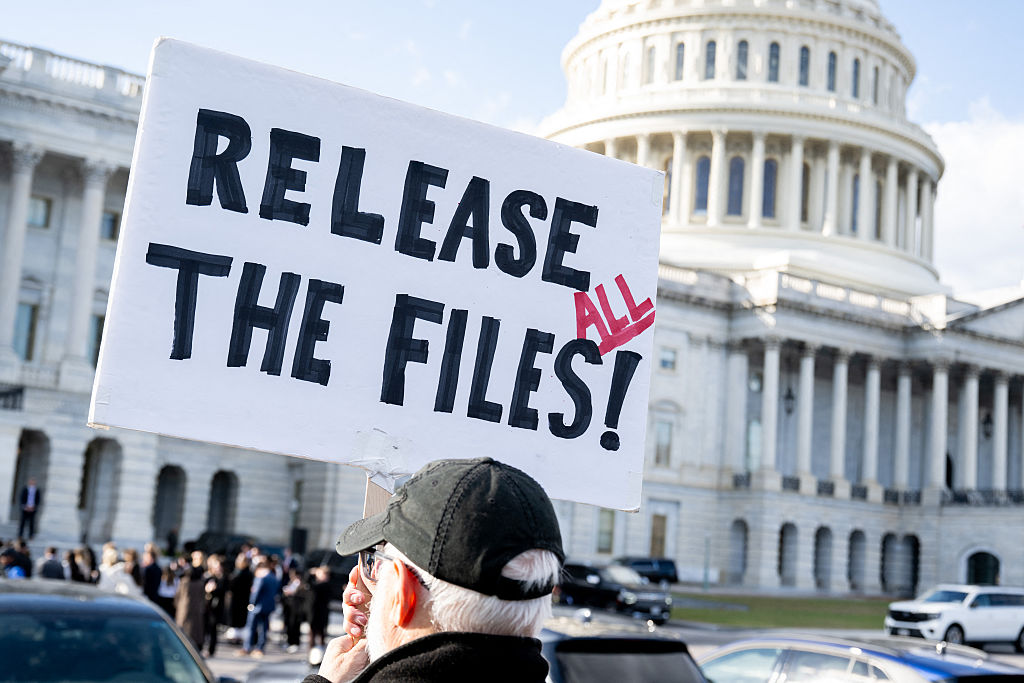

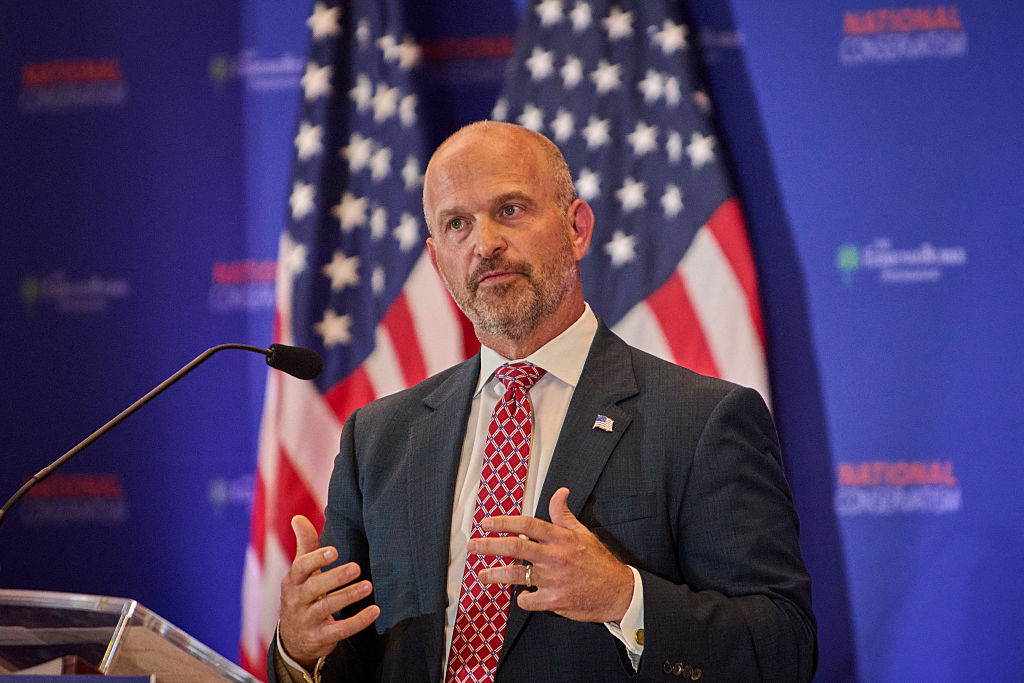








Leave a Reply